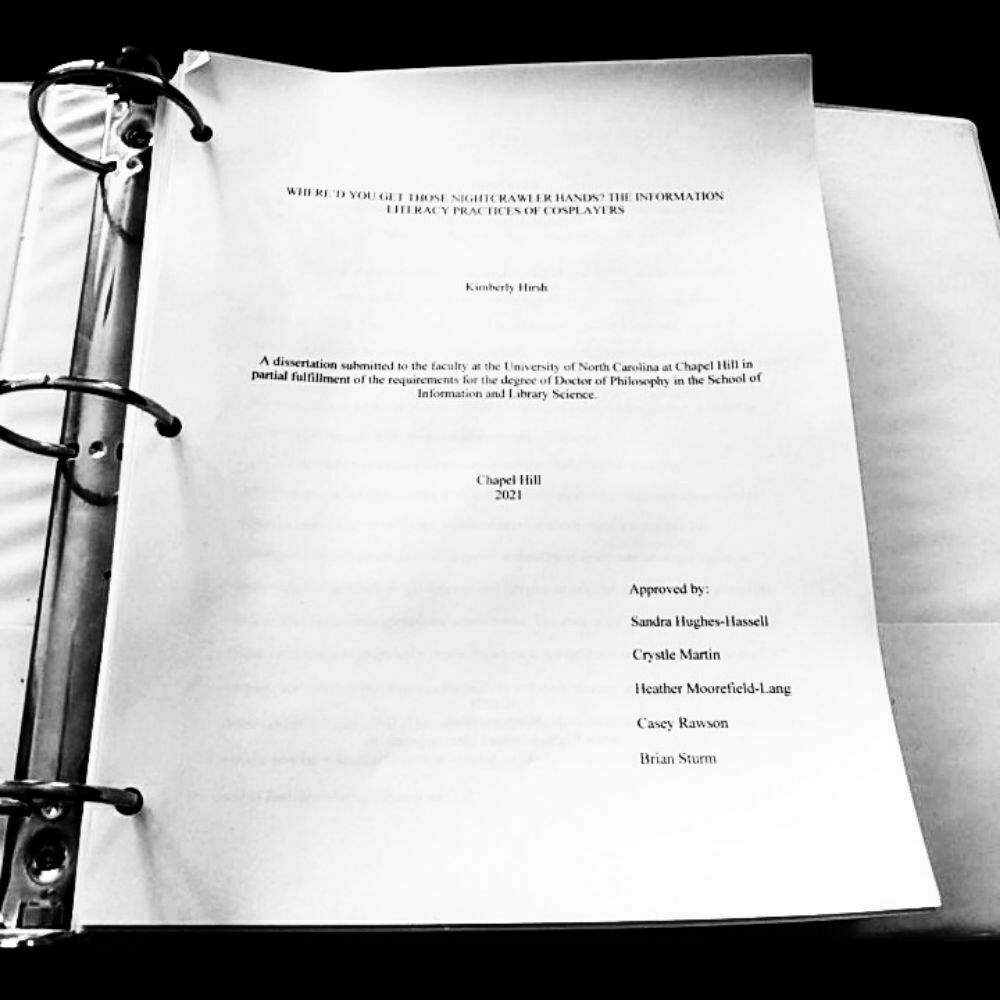Read
Meet the Southern librarians fighting for racial justice and truth-telling â Scalawag scalawagmagazine.org.Read: scalawagmagazine.org
Read this because it’s on Dr. Tressie McMillan Cottom’s Human-Information Interaction syllabus for this semester. (I like to look at updated syllabi for classes I’ve already taken to see what I might have missed recently.) Going to pull out a couple of quotes that stuck with me. I hope in time I’ll write a more robust response to this article.
The public rarely sees the many processes that happen behind the scenes at librariesâwhich cultural priorities inform decisions of what to include in a collection, or to digitize; which books to display; which films or speakers wind up on the calendarâall of these choices are determined by the priorities designated by the library leadership. And, of course, their biases play a part.
The ALA isn’t a worker’s union. It’s an association that includes everyone from paraprofessionals to directors of large systems. Several people told me that as library workers, they didn’t feel represented by the organizationâfar from it.

